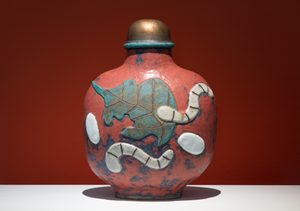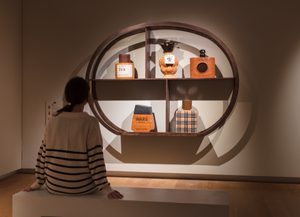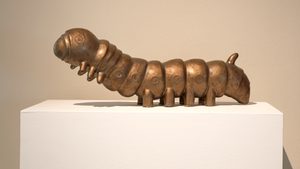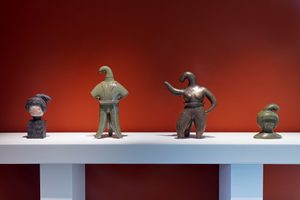
Commodities: Sculpture and Ceramics
by Renee So
new and existing works including a series of darkly playful objects, such as over-sized ceramic snuff bottles shaped like lemons, noses, or poppy seeds.
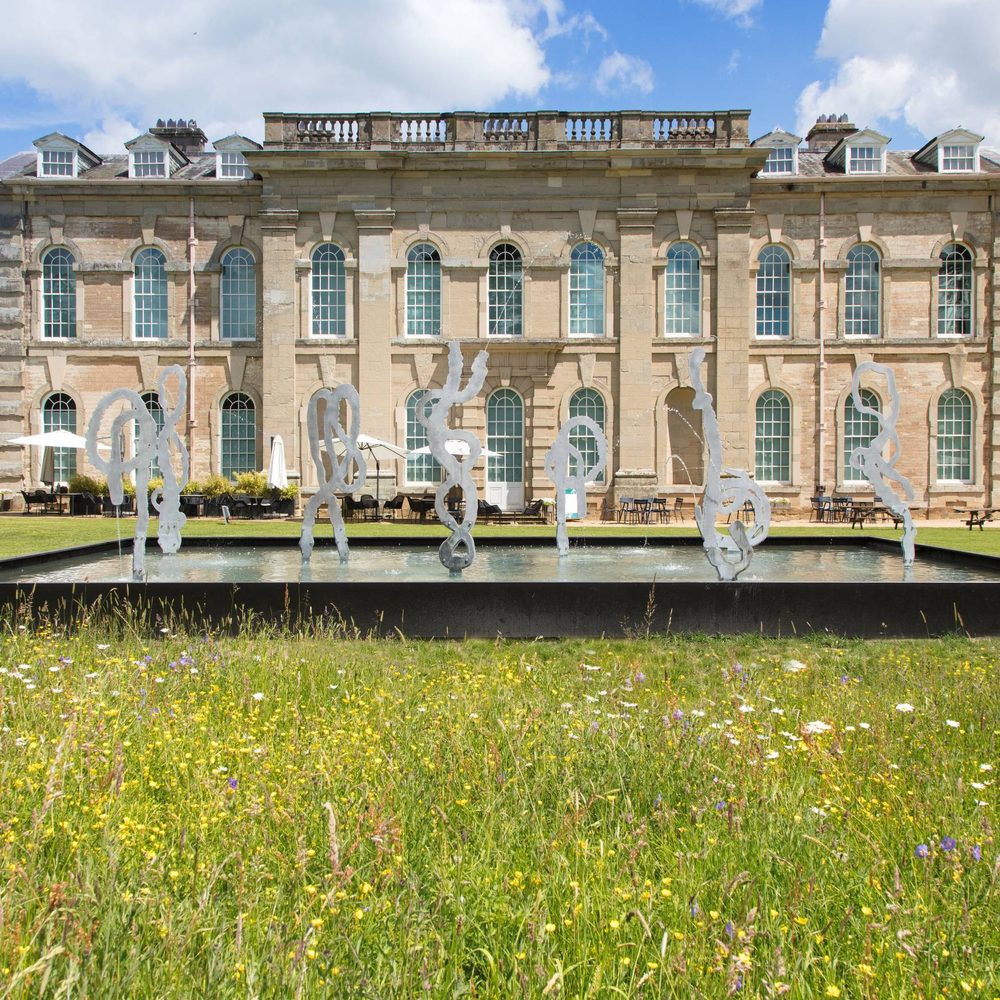
Opening Times
Wed – Sun: Grounds – 10am-4.30pm, Galleries – 10.30am – 4.30pm
Mon and Tue: Closed, except bank holiday Mondays
Christmas Opening
Christmas Eve: 10am – 4.30pm
Christmas Day and Boxing Day: Closed
Sat 27 and Sun 28 Dec: 10am – 4.30pm
Mon 29 and Tue 30 Dec: Closed
New Year’s Eve and New Year’s Day: 10am – 4.30pm
About the
Exhibition
Hong Kong-born artist Renee So creates darkly playful ceramic sculptures which consider how we understand Chinese culture and history today, from snuff and perfume to silk and even the ancient Chinese version of football – cuju.
Oversized snuff bottles shaped like a poppy or a giant nose link to sculptures of contemporary perfumes that reference imperial histories such as ‘Invasion’, ‘Colony’ and ‘Opium’. A magic bronze mirror, based on those made thousands of years ago, projects a glowing ghostly image onto a darkened wall. Ritual vessels explore how the Taotie, a mythological Chinese creature, is connected to the early history of silk weaving, pioneered by women. So’s works help us see Compton Verney’s world-renowned collection of Chinese Bronzes in a new light.
Through a mix of new and never before seen works, So explores how perceptions of history can be distorted, re-fashioned and changed, questioning how we create the new stories we tell ourselves today.
Supported by the Henry Moore Foundation 
